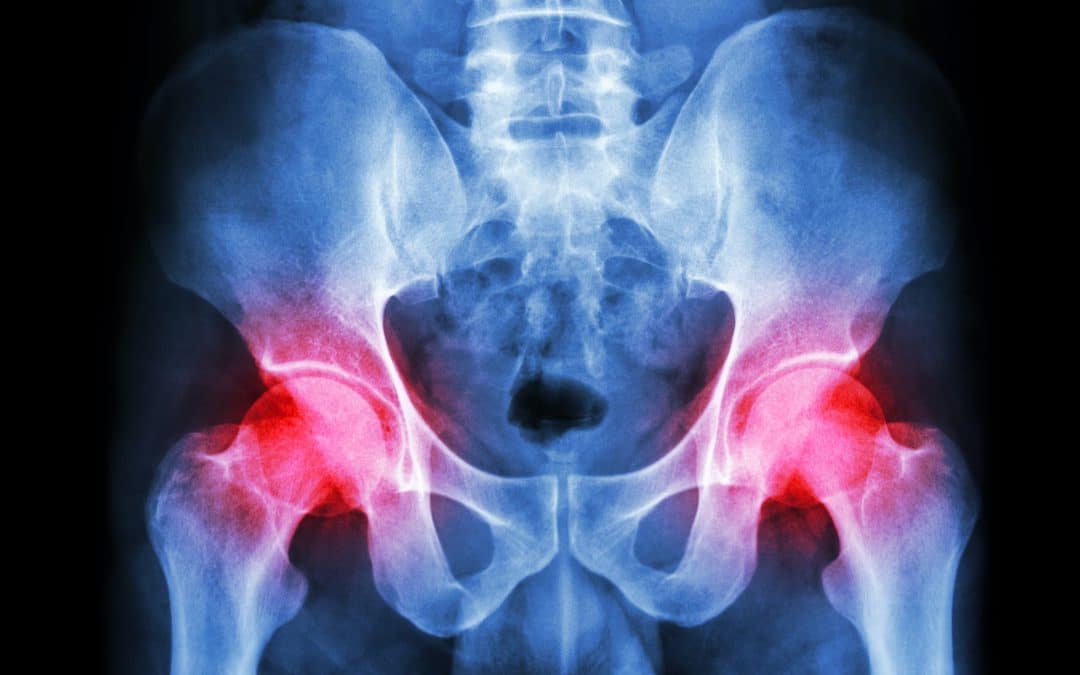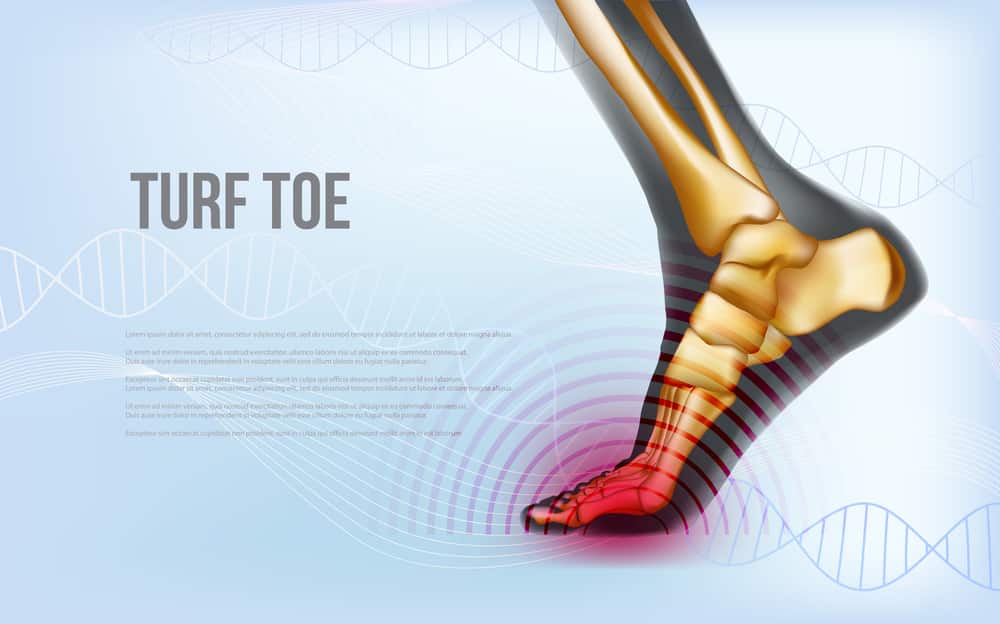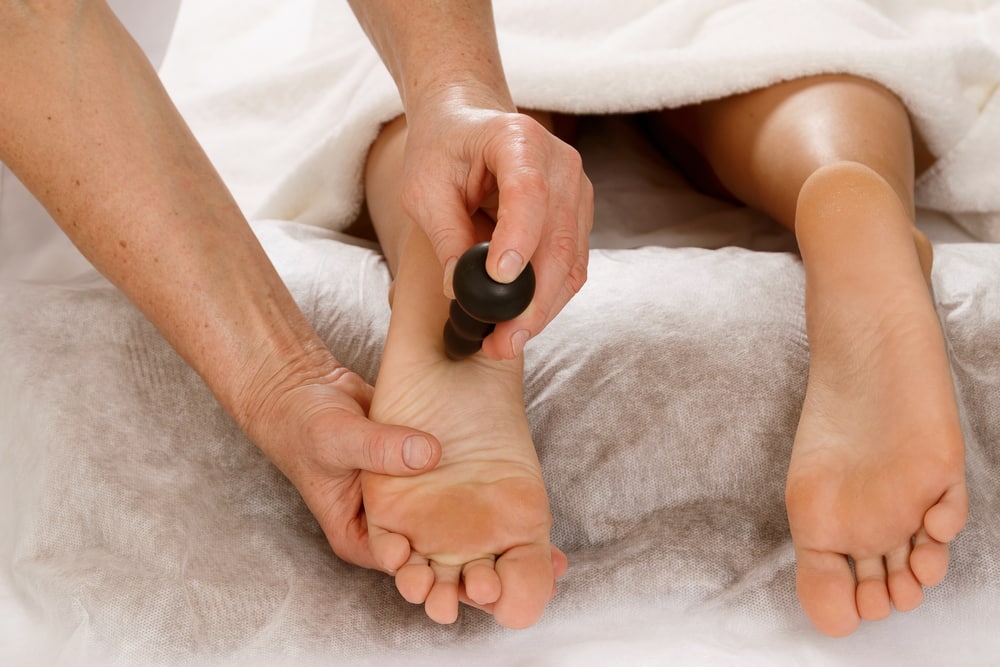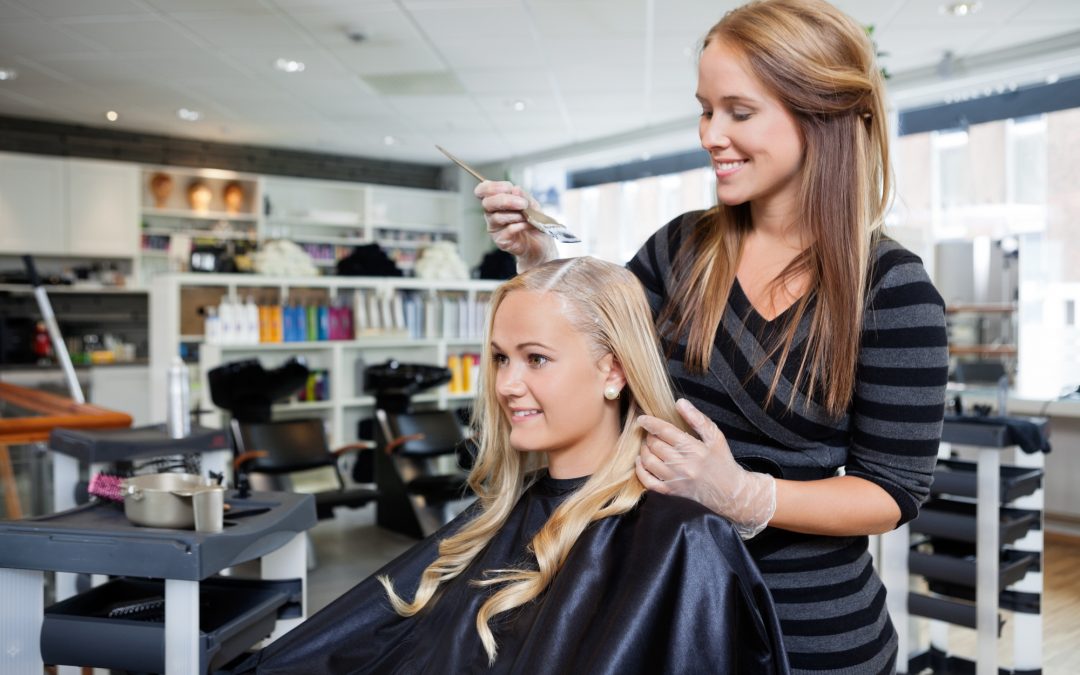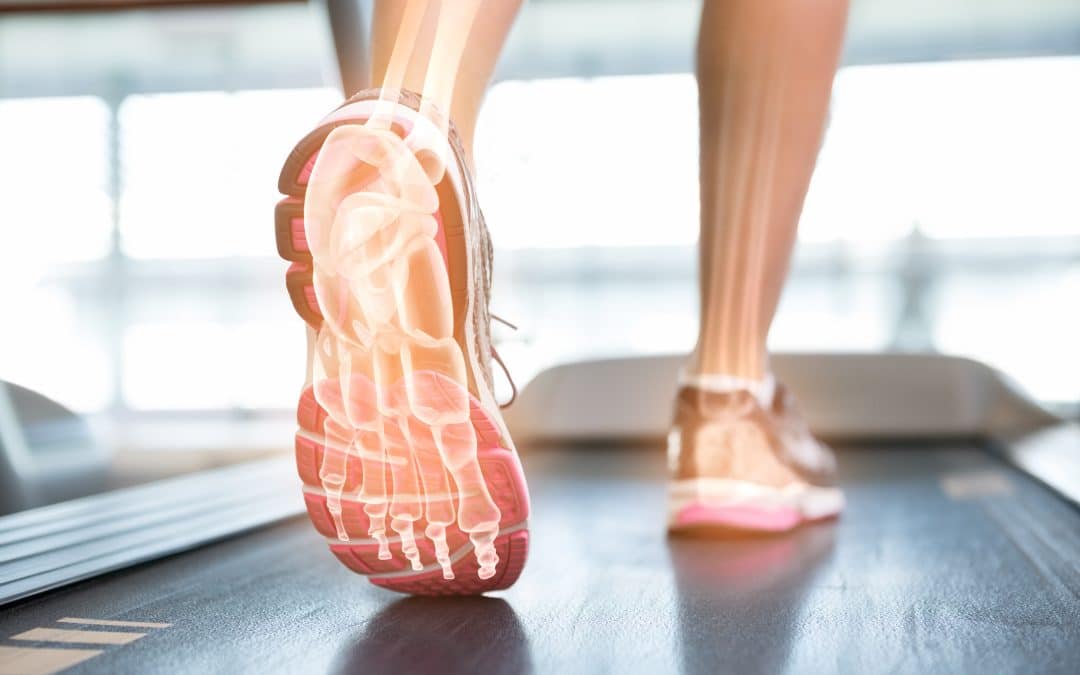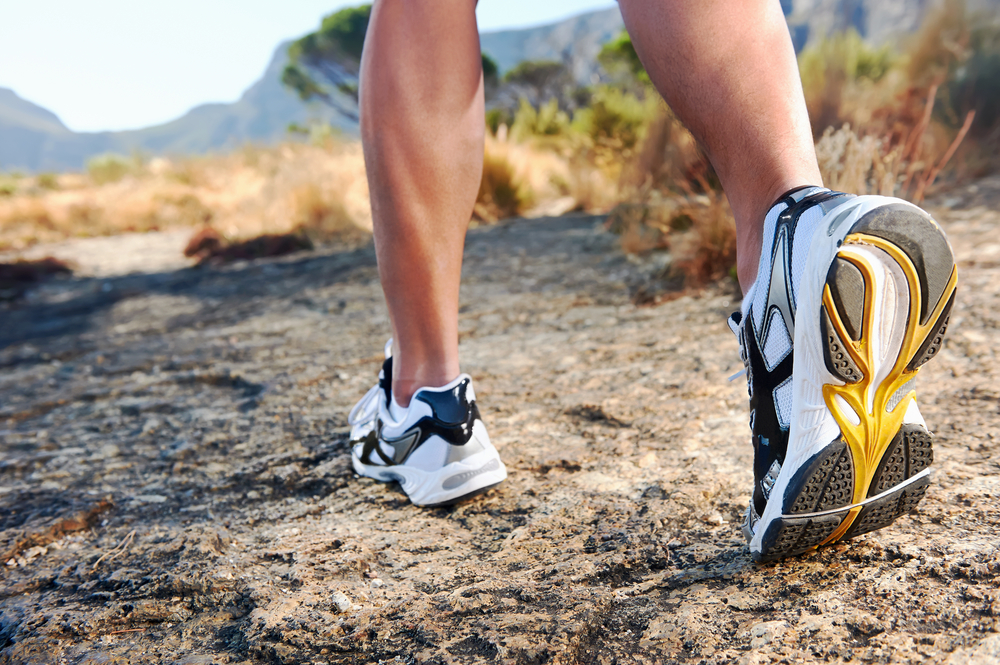
How Your Feet May be the Cause of Joint Pain
Did you know that the average person walks between 5,000 and 7,000 steps per day? This equates to roughly 2.5 to 3.5 miles. If you’re physically active, these numbers might be even higher.
However, if you’re struggling with joint pain, you might be doing everything possible to stay off your feet while seeking solutions. This approach can impact your overall health and potentially worsen the pain as you shift to a more sedentary lifestyle. Keep reading to discover how your feet might be the root cause of your discomfort.
First: Foot Construction
Your joint pain could be related to the shape of your feet. It’s important to remember that your walking pattern affects your entire body, and the shape of your feet plays a significant role in determining how you walk.
For example, if you have excessively pronated feet, commonly known as “flat feet,” this can lead to excessive internal rotation of your lower leg while your upper leg rotates in the opposite direction. Consequently, your knee has to absorb the resulting twisting forces, which can eventually cause injury due to strain.
Conversely, abnormally high-arched feet can also present problems. This condition causes your feet to roll out excessively, leading to abnormal knee flexion while walking.
Second: Misalignment in the Feet
In addition to the shape of your feet, misalignment can contribute to joint pain. To assess this, stand up straight and face forward; ideally, your ankle bone should align with the front edge of your heel bone.
When misalignment occurs, a space called the sinus tarsus can collapse or become compressed. Various factors can lead to misalignment, including:
- Wearing inappropriate shoes
- Untreated or poorly healed injuries
- Arthritis
- Overuse
- Genetic predispositions
Third: How Are These Factors a Cause of Joint Pain?
It’s logical that misalignment or the shape of your feet might cause discomfort in your feet and ankles. But can these issues actually result in joint pain elsewhere in your body? Absolutely!
Misalignment and the shape of your feet affect your walking pattern, which in turn impacts how the rest of your body compensates. This creates a ripple effect, where problems originating in your feet can extend up through your back.
When your feet don’t function properly, your ankle, knee, and hip joints tend to overcompensate, which places additional pressure on these joints. If this issue persists over time, it can lead to further damage.
Fourth: Joint Pain Solutions
If you suspect that your joint pain originates in your feet, consulting a doctor is a crucial step. Your doctor can evaluate your feet and pain, and help you find effective solutions.
One potential solution that might be discussed is custom orthotics. These can help correct foot issues and, in turn, reduce joint pain.
Lastly: Decrease Your Pain
If misalignment or the shape of your feet is contributing to your joint pain, finding the right solutions can help you feel better and enhance your quality of life.
Do you believe that your feet are the cause of your joint pain? Contact us today about custom orthotics, and let us help you walk easy.
